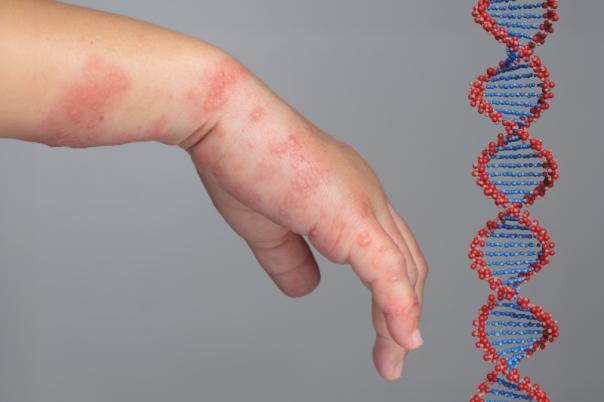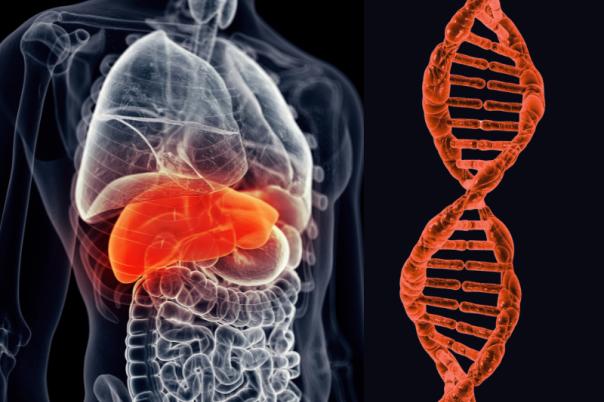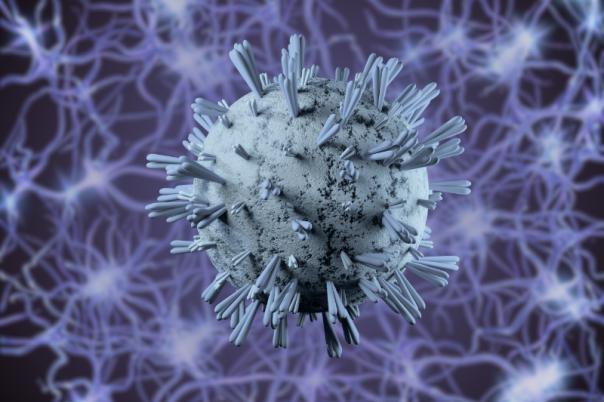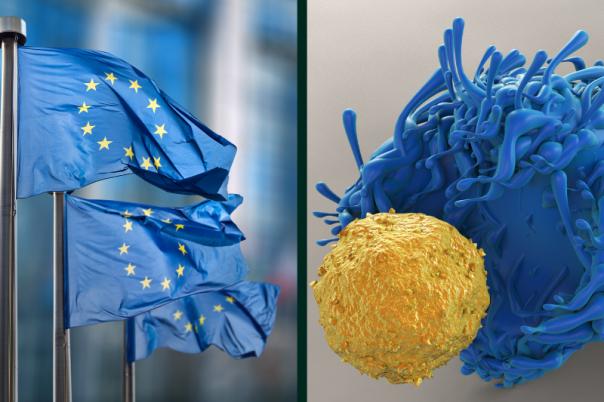MeiraGTx are a vertically integrated clinical stage gene therapy company with a diversified pipeline from preclinical through to manufacture and release testing. Their pipeline includes ocular, neurodegenerative, and salivary programmes. Meira’s lead candidate, Botaretigene sparoparvovec, treats X-linked retinitis pigmentosa and is currently undergoing process validation, gearing up for a commercial launch soon.
In this presentation, James Norton, Director of Analytical Development at MeiraGTx, outlines the regulatory strategies that his company has taken when transitioning their early-stage candidates to later-stage maturity, and the challenges they face in doing so.
Meira’s analytical strategy starts with a Target Product Profile (TPP) which outlines all the important information that is needed for the product. This helps in planning the analytical approach and building an understanding of the quality and regulatory commitments that will be needed.
The TPP should then be translated into the Quality Target Product Profile (QTPP), which outlines what the team plans to do and how; this aids in process development to meet clinical expectations. From there, a detailed testing plan is developed, which outlines the tests that the team will need to conduct at each stage of the process. Each method technology is then selected, summarized, and justified using the testing plan.
Norton also discussed instances where it may not be necessary for the company to conduct their testing in-house and rather outsource. This could be due to control, turnaround time, and the need for specialized equipment. He said that these decisions are consistently reviewed. A major factor in this decision is the equipment needed. Meira aims to build platform analytics through investing in equipment that can cover multiple assays. Being strategic with purchasing equipment can be economical while simplifying training and maintenance.
Finally, Norton also touched upon validation and extended characterisation. He stated that validation is crucial at all stages, involving equipment, materials, and method validation. At earlier stages, method qualification is more important than perfect equipment, but validation accuracy will become more important moving into the later
stages. Furthermore, while there are many advanced are used for extended characterization, standard assays are also valuable.





